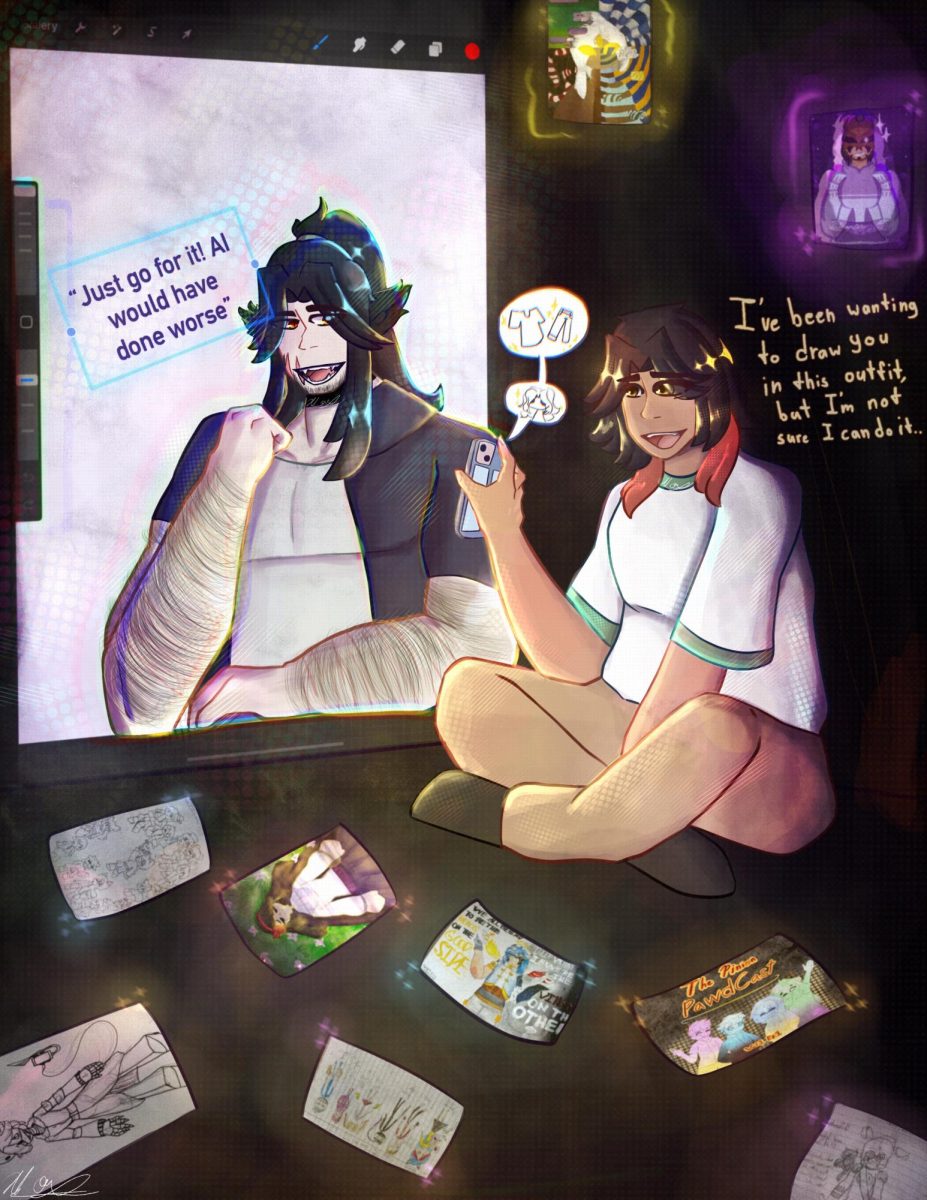Editor’s Note: This article should be intended for raising awareness on this matter, and not intended to be a substitute for professional advice, diagnosis, and treatment.
One day I’m sitting in class and everything starts to feel off. The col- ors of the classroom look too bright. The desks and tables look wrong. The buzzing of the fluorescent light grows louder. My body doesn’t feel like it’s my own; it feels like I’m merely a visitor in my own body as the teacher continues to teach.
Derealization is a living nightmare for me and others.
What’s It Like
Derealization is when an individual feels disconnected from their thoughts and environment which affects their thoughts, feelings, and body as a whole. It affects their ability to see their surroundings accurately, as things may not feel real. It may feel like they are watching their life through a clouded window or seeing things in black and white. This can create a sense of unease and anxiety in an individual.
Dealing with it at school is a challenge I deal with on a daily basis. From walking around campus, to being in class, it is something that is always present. There’s been long stretches of time where things didn’t feel right. It felt like I was walk- ing around in a thick fog, unsure of every turn, unsure if I could trust my senses. Sitting in class feels suffocating. Even if I was physically sitting there, emotionally I wasn’t.
I’m not alone in this as I’ve had friends who also experience this. One friend described it as a numbing experience. They said at one point everything felt like a dream, and at another point, it felt like they were an observer of their own life. They would be enjoying themselves in happy situations, but then they are thrown right out of it; sucking the joy out of that current situation. For them they are aware of what’s happening and going on in the moment.
Dealing/Coping With Derealization
People a like deal with derealization in many different ways. One of the few ways are grounding techniques, like the name suggests, that help ground you and remind you where you are in the present. A common one called 5-4-3-2-1, utilizing the five senses. There are five things you can see, four things you can touch, three things you can hear, two things you can smell and one thing you can taste.
Another grounding technique involves having a physical object, such as a weighted blanket or jacket, essential oils, candies with strong flavors or an object with a unique
texture. Having a small fidget toy or music can also help if you can’t physically leave the area. It helps to eliminate factors that trigger derealization. I know bright lights are something that causes me to experience derealization. It’s something that I can’t escape, but I use the tools available to me to help. Such as working in a dimly lit area, wearing sunglasses, or turning off the lights if there is already natural light.
My friends and I can agree on is do more of your own research on derealization. If you feel like it’s affecting your life, causing you major distress, seek and find a licensed doctor or professional. Don’t be afraid to ask
for help.
If you or a loved one is going through some difficult times, here are resources you can text or call for help:
• Suicide & Crisis Lifeline | 988 (call)
• Crisis Text Line: Text ‘ALOHA’ to 741741
• Hawaii CARES | 1-808-832-3100 (call)
• National Suicide Prevention Lifeline| 1-808-2730-TALK (8255)
• Self-Harm Hotline| 1-808-366-8288 (call)
• The Trevor Project (LGBTQ+ Community) | Text ‘START’ to 678-678 | Call 1-866-488- 7468








